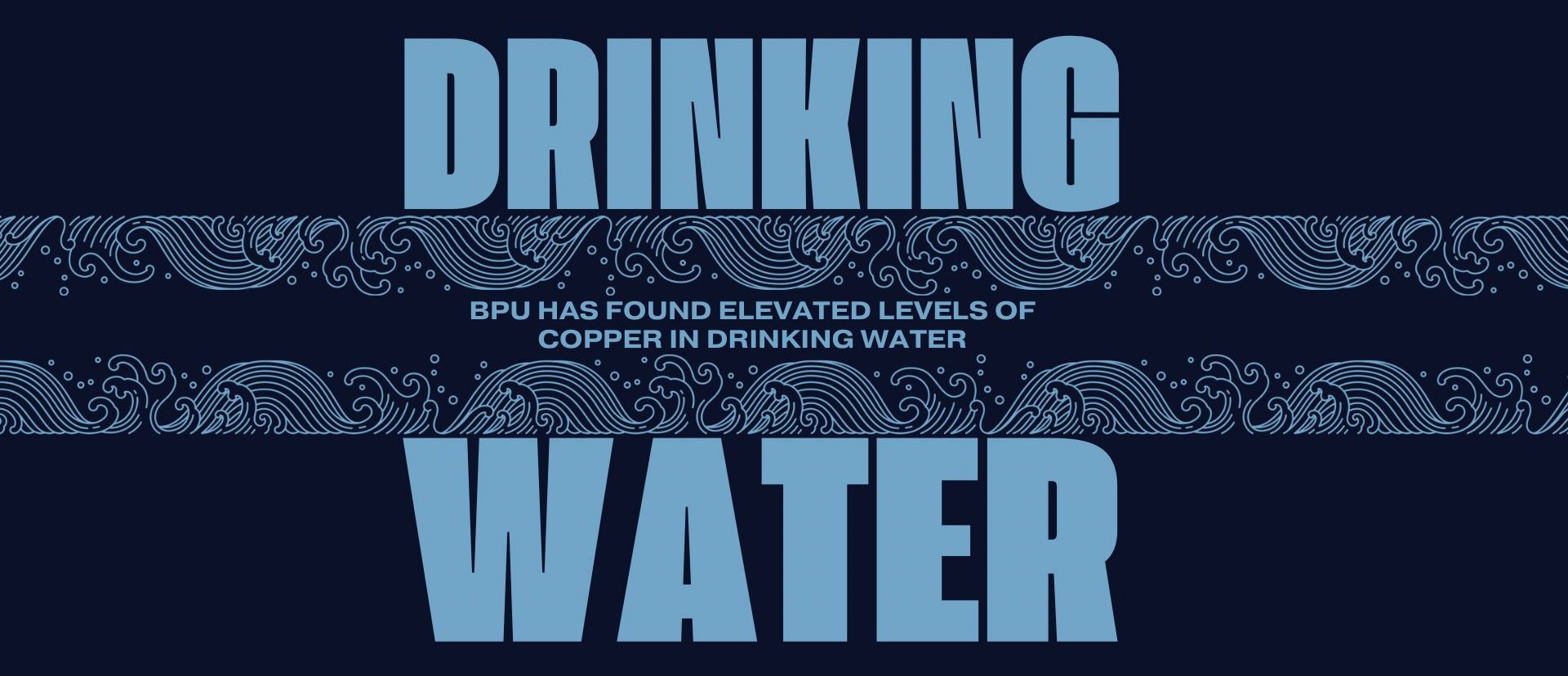
Brainerd Public Utilities
found elevated levels of copper in drinking water in some homes/buildings and continue ongoing public education to keep our customers informed.
Please read this information closely to see what you can do to reduce copper in your drinking water.
Elevated Levels of Copper in Your Drinking Water
Our water system regularly samples for copper in our drinking water to make sure it meets Safe Drinking Water Act standards.
More than 10 percent of the locations sampled for copper were above the Safe Drinking Water Act action level for copper. The action level for copper is 1,300 micrograms per liter (the same as 1,300 parts per billion, or ppb).
What Are We Doing about the Issue?
BPU continues to work with the Minnesota Department of Health (MDH) and has been disinfecting our distribution system since September 2023. MDH will monitor progress in optimizing treatment by analyzing PWS submitted water quality parameter sampling results. Once the disinfection is consistently reaching the far ends of the distribution system, BPU will be able to move forward with an MDH approved treatment plan.
What Are the Health Effects of Copper?
Your body needs some copper to stay healthy, but too much is harmful. Eating or drinking too much copper can cause vomiting, diarrhea, stomach cramps, nausea, liver damage, and kidney disease. The level of copper that will cause symptoms varies from person to person. Nausea and diarrhea may occur when copper levels are approximately 3,000 ppb.
Most people’s bodies are able to maintain the right level of copper. People with Wilson’s disease and some infants (babies under one year old) are sensitive to copper. Their bodies are not able to get rid of extra copper easily.
Sources of Copper
Copper is a reddish metal that occurs naturally in rock, soil, water, sediment, and air. It is natural coating that keeps the water from absorbing copper from the plumbing.
Water may have more copper if:
Reducing Exposure to Copper in Water
Let the water run before using it for drinking or cooking. If you have a lead service line, let the water run for 3-5 minutes. If you do not have a lead service line, let the water run for 30-60 seconds.
Ways to let the water run before using it for drinking or cooking:
Use cold water for drinking, making food, and making baby formula. Hot water releases more copper from pipes than cold water.
Test your water. In most cases, letting the water run and using cold water for drinking and cooking should keep copper levels low in your drinking water. If you are still concerned about copper, arrange with a laboratory to test your tap water
If tests show you have levels of copper over 1,300 ppb in your tap water after you let the water run 30-60 seconds, you may want to consider treating your water.
For More Information
If you have questions about copper in drinking water, please call us at: 218-829-2193 or 218-829-8726
Visit the Minnesota Department Health’s
